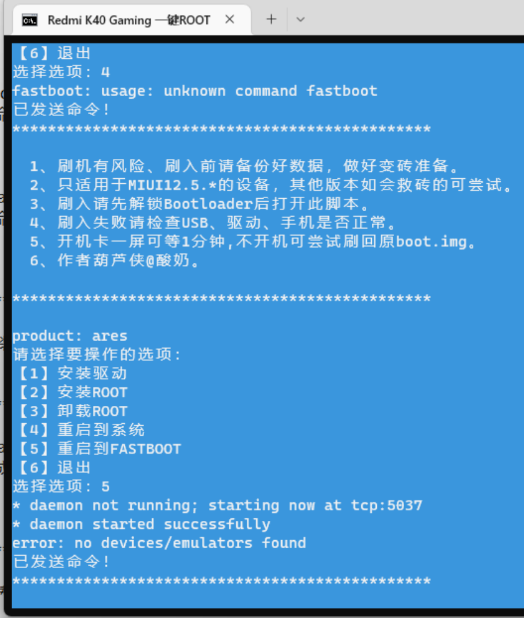引言:
在現代的技術環境中,數據庫是一個關鍵組件,許多應用程序依賴于它們。出于可用性和數據保護的考慮,數據庫的高可用性和主從復制都是非常重要的功能。本文將介紹如何在linux上配置高可用的數據庫主從復制監控,通過示例代碼來演示操作步驟。
主從復制的工作原理:
主從復制是一種常見的數據庫復制方法,其中一個數據庫服務器作為主服務器(Master),而其他服務器則作為從服務器(Slave)。主服務器接收到的寫操作將被復制到從服務器。這種架構提供了數據冗余、讀寫分離和故障恢復的好處。
配置主服務器:
首先,我們需要安裝數據庫服務器。本文以mysql為例。
-
安裝MySQL服務器:
sudo apt update sudo apt install mysql-server
-
配置主服務器:
編輯MySQL配置文件:sudo nano /etc/mysql/mysql.conf.d/mysqld.cnf
在文件中找到以下行,并進行修改:
bind-address = 0.0.0.0 server-id = 1 log_bin = /var/log/mysql/mysql-bin.log
-
重啟MySQL服務:
sudo systemctl restart mysql
配置從服務器:
-
安裝MySQL服務器:
sudo apt update sudo apt install mysql-server
-
配置從服務器:
編輯MySQL配置文件:sudo nano /etc/mysql/mysql.conf.d/mysqld.cnf
在文件中找到以下行,并進行修改:
bind-address = 0.0.0.0 server-id = 2 log_bin = /var/log/mysql/mysql-bin.log relay_log = /var/log/mysql/mysql-relay-bin.log
-
重啟MySQL服務:
sudo systemctl restart mysql
設置主從關系:
-
在主服務器上創建一個用于復制的用戶:
mysql -u root -p GRANT REPLICATION SLAVE ON *.* TO 'replication_user'@'%' IDENTIFIED BY 'password'; FLUSH PRIVILEGES; EXIT;
-
在從服務器上配置主服務器信息:
mysql -u root -p CHANGE MASTER TO MASTER_HOST='主服務器的IP地址', MASTER_USER='replication_user', MASTER_PASSWORD='password'; START SLAVE; EXIT;
- 驗證主從復制是否正常工作:
在主服務器上創建一個數據庫和表,并插入一些數據。然后,在從服務器上驗證是否能夠看到相應的數據。
配置監控:
為了確保數據庫主從復制的高可用性,我們需要監控其狀態,并及時發現和處理故障。下面是一個使用python編寫的簡單監控腳本。
-
安裝所需的Python包:
sudo apt update sudo apt install python3-pip pip3 install mysql-connector-python pip3 install smtplib
-
創建monitor.py文件,并將以下代碼復制到文件中:
import smtplib import mysql.connector from email.mime.text import MIMEText def send_email(message): sender = "your_email@gmail.com" receiver = "recipient_email@gmail.com" subject = "Database Replication Alert" msg = MIMEText(message) msg['Subject'] = subject msg['From'] = sender msg['To'] = receiver try: with smtplib.SMTP_SSL('smtp.gmail.com', 465) as smtp: smtp.login(sender, "your_password") smtp.sendmail(sender, receiver, msg.as_string()) print("Email sent successfully!") except Exception as e: print("Email failed to send: " + str(e)) def monitor_replication(): try: connection = mysql.connector.connect(host="localhost", user="replication_user", password="password", database="test") cursor = connection.cursor() cursor.execute("SELECT COUNT(*) FROM my_table") result = cursor.fetchone() cursor.close() connection.close() print("Replication is working fine, number of records: " + str(result[0])) except mysql.connector.Error as error: message = "Replication failed: " + str(error) print(message) send_email(message) if __name__ == "__main__": monitor_replication() - 修改monitor.py中的配置信息,包括發件人和收件人的郵箱地址,以及發件人的郵箱密碼。
- 運行monitor.py腳本,可以將其加入定時任務中,以定期監控數據庫主從復制的狀態。
結論:
通過以上步驟,我們可以在Linux上配置高可用的數據庫主從復制監控。持續監控數據庫的狀態對于故障恢復和可用性是至關重要的。使用示例代碼,我們可以及時發現并處理數據庫主從復制的問題,從而確保業務的平穩運行。
? 版權聲明
文章版權歸作者所有,未經允許請勿轉載。
THE END
















